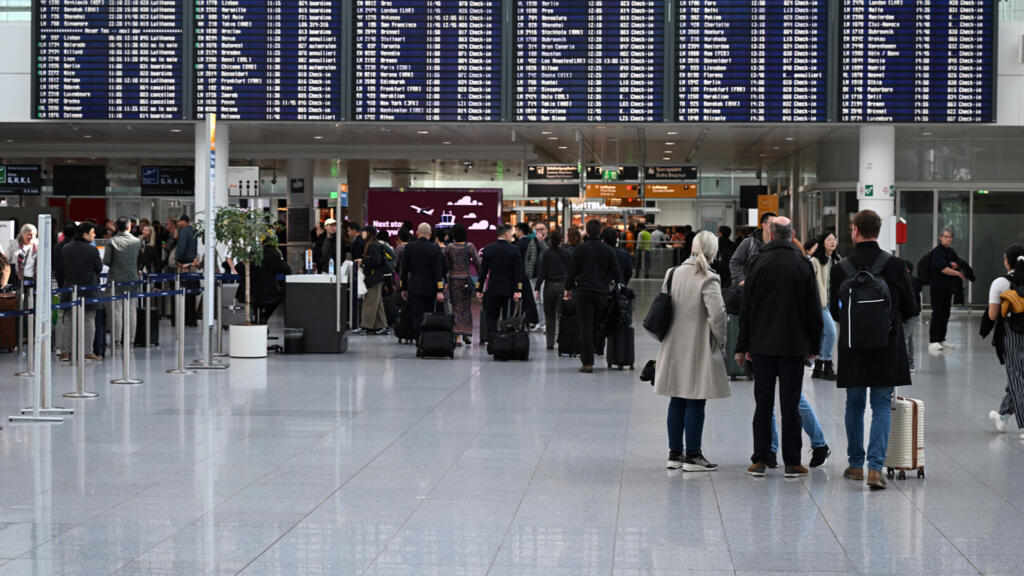On Friday, Munich Airport in Germany faced significant operational disruptions due to the sighting of drones in the vicinity. This incident marks another occurrence in a series of aviation-related interruptions that have been affecting various airports across Europe in recent months. The police reported that the situation prompted an immediate halt to all flights at the major international gateway.
As a result of the drone sightings, 17 flights that were scheduled to depart late Thursday were cancelled, impacting approximately 3,000 passengers. In addition to the cancellations, 15 incoming flights were diverted to alternative airports. Passengers were redirected to cities such as Stuttgart, Nuremberg, Vienna, and Frankfurt, causing further inconvenience for travelers who were left scrambling for alternate arrangements.
Drone activity near airports poses a significant threat to aviation safety, leading authorities to implement immediate responses to mitigate risks. In recent years, the increase in drone sightings around airports has raised concerns among air traffic control and security agencies, prompting stringent measures to avoid potential accidents or disruptions.
This incident in Munich is part of a broader trend observed throughout European aviation, where technological advancements and the growing popularity of drones have created challenges for air traffic management. Airport authorities are working diligently to address these issues, collaborating with law enforcement to monitor drone activity and enforce regulations that limit drone operations near critical infrastructure.
Travelers affected by the cancellations and diversions experienced delays and uncertainty as they navigated through the sudden changes in their travel plans. The situation at Munich Airport highlights the need for effective communication and contingency planning by airport management to assist passengers during such disruptions.
As Munich Airport continues to address the drone-related issues, it remains crucial for aviation stakeholders to work together to enhance safety protocols and minimize the impact of similar incidents in the future. The focus on collaborative efforts is essential to ensuring that airports can operate efficiently while managing the evolving challenges presented by drone use in proximity to commercial flight operations.












